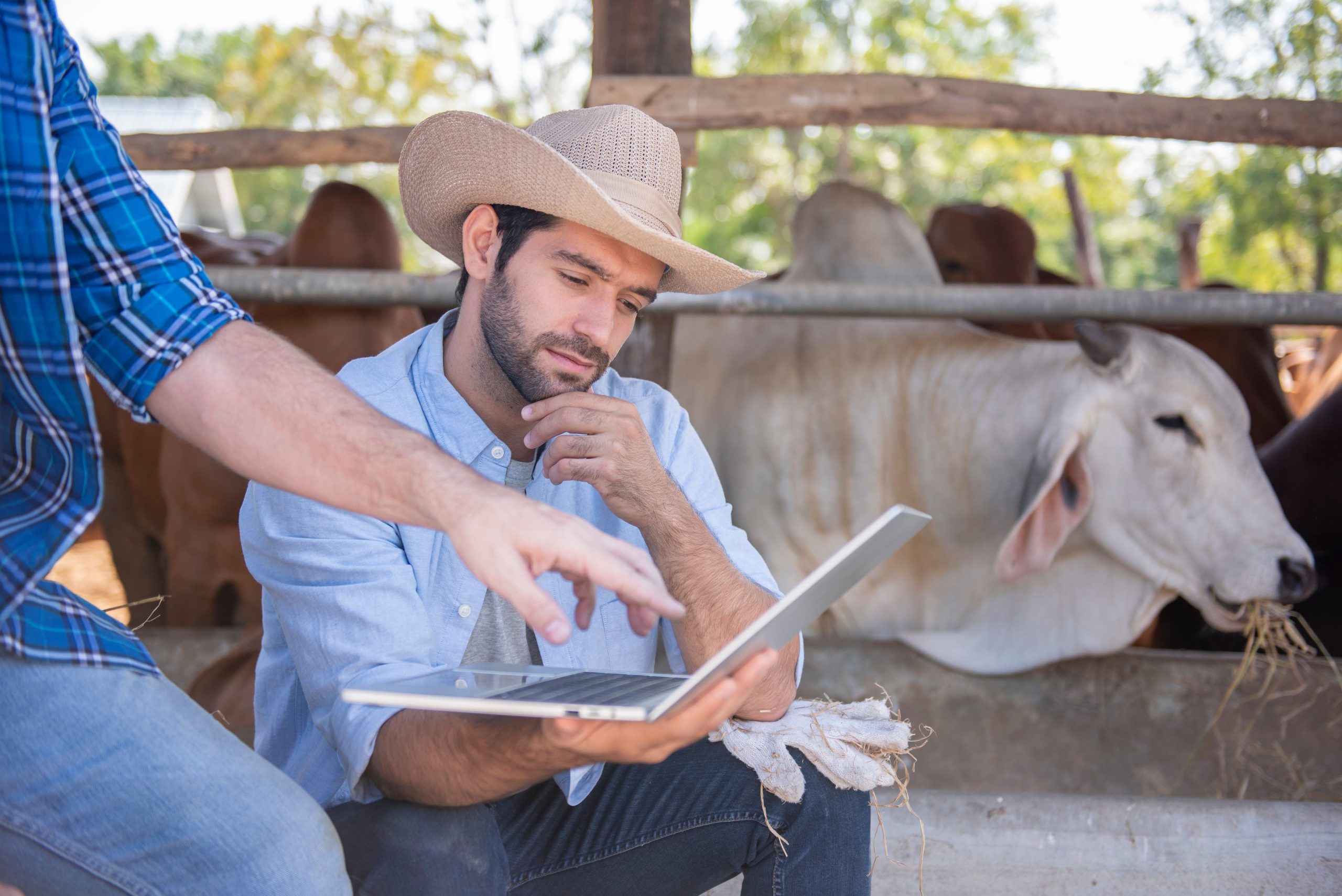Unlocking the value of data will be critical in reaching Australian agriculture’s goal of $100 billion in farm gate output. Vast amounts of data are generated throughout agricultural supply chains, but siloed and proprietary systems can make it difficult to access and share data – creating inefficiencies and lost opportunities. Meanwhile, primary producers and other stakeholders need to be able exchange data efficiently, on agreed terms with trusted providers.
The AADX aims to solve this by enabling permissions-based data sharing from disparate systems in a secure environment that can be integrated with existing agritech applications.
The AADX (Australian Agricultural Data Exchange) is a standardised platform and community specifically designed for data sharing across the agriculture industry. It provides access to the data infrastructure and modelling resources necessary for agricultural applications. Key features of the AADX include:
- Platform for Digital Assets: It enables the distribution of digital assets related to agriculture.
- Governance Framework: A governance framework and rules ensure trusted protocols and processes for sharing digital assets.
The AADX is not:
- A Data Lake or Simple Data Repository: It is not just a place to store data.
- A Public Catalogue or Forum (by default): The platform is not an open forum, however, specific data can be specified as public.
- Unmoderated: The AADX is moderated to ensure quality and trust.
- A Free-for-All: The platform is regulated to maintain trust, order and reliability.
If you’re an agricultural producer with data, then using the AADX can help:
- increase and protect the value of your products
- establish you as a ‘trusted’ producer
- identify you as a ‘de-risked’ operator.
Using the AADX can help companies that offer data services by:
- encouraging existing clients to use more services
- attracting new clients through identifiable ‘benefits’
- actioning this with no interruption to normal business.
The AADX can help regulators by ensuring your department is proactive to opportunities and challenges, such as new market access and biosecurity developments.
Industry organisations can use the AADX to reduce the transactional burden for producers seeking greater opportunities.
Foundation partners of the AADX are Charles Sturt University, Fisheries Research and Development Corporation, Meat and Livestock Australia, CSIRO, Australian Wool Innovation.
The AADX service provider is Victorian company, Eratos.
Food Agility CRC was appointed the delivery partner in 2023
In August 2020, an initiative called the Australian AgriFood Data Exchange (AAFDX) was launched outlining a proposal for an Australian agricultural data exchange to be overseen by the agrifood industry. The AAFDX has since been renamed the Australian Agricultural Data Exchange (AADX) to better reflect the entire agricultural industry. Food Agility CRC was appointed in late 2023 as the new delivery partner, with Eratos selected as the core platform provider.
Stay up to date by subscribing for regular updates or contact us via email to find out how you can be involved.
Questions about Getting Connected
Connecting to the AADX will be the best way to get the most out of your agricultural data, community and unlock potential value from across the industry.
The AADX provides the foundational layers to transport Agricultural data easily, safely, securely and within your control. This connection will give the industry boundless innovation and value-creation potential. Some potential avenues to value that have been identified include:
- Control over data access and use to create value at the Farmgate
- Reducing technical overhead and ongoing maintenance of multiple data connections
- Removing the recurring and repetitive data entry currently experienced by primary producers
- Improvements to compliance and certifications
- New vision on Australia’s biosecurity and benchmarking
- Faster time to deliver value
- A centralised, standardised platform for accessing data and modelling required for a project
- Save time to share data with collaborators
- Gain access to new useful insights by allowing my data to be accessed by systems and algorithms that transform it into decision-useful information for me
- Allow me to continue being a preferred supplier
- Gain access to new customers and markets
The AADX provides access to various algorithms and models that can be utilised within the agriculture industry. For example:
- Example Model: An algorithm that calculates the Cumulative Growing Degree Days for a growing season can be used by others to integrate into their client-focused solutions.
- Usage and Sharing: Users can run algorithms/models provided by others and also share their own, fostering a collaborative environment.
In the context of the AADX, understanding the distinction between public and private data is crucial:
- Private Data: By default, all data is considered private. This means that your data is secure and only accessible to specific parties you have explicitly granted access to. The principle is that “data is secure by default, and you are opening access to exchange with authorised parties.”
- Public Data: Data is only considered public if it is specifically stated to be so. Public data can be accessed by anyone within the AADX with or without requesting access.
Additionally, the AADX supports various types of data exchanges, including:
- Monetary Exchange: Data can be exchanged for financial compensation.
- Risk Management: Sharing data to manage and mitigate risks within the agricultural sector.
- Value Chain Trust and Confidence: Ensuring trust and confidence in the value chain by sharing verified and reliable data.
- Market Access: Facilitating market access through data sharing, enabling better decision-making and market opportunities.

